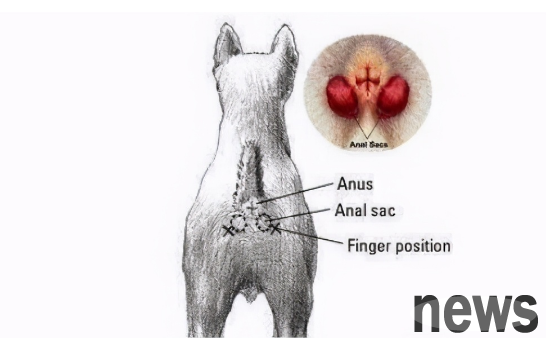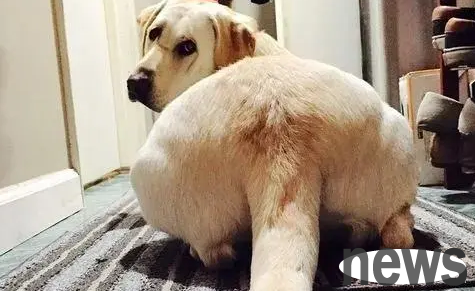Have you ever experienced problems with your dog’s butt? For example, the hair on the butt is pulled into a ball, and it is red and swollen, or you have found something like hemorrhoids near the anus, which is not only swollen but also leaking pus! Don’t be careless, your dog may have a ruptured anal gland, so what should you do? There are ways.

The treatment methods for dog anal gland inflammation and holes are as follows:
First, squeeze out the remaining anal glands to prevent them from blocking the anal sacs and causing damage again.
Second, if there is inflammation, you can rinse the hole with hydrogen peroxide, then rinse with metronidazole to clean the wound.
Third, apply some gel locally to promote wound recovery to help the wound recover.
Fourth, perform systemic anti-inflammatory treatment to control the inflammatory response.
The steps for squeezing anal glands in dogs are as follows:
First, you need to find the location of the anal glands, usually at 3 o'clock and 7 o'clock. If you have not squeezed them for a long time, you can feel the slightly bulging glands.

Secondly, you need to master the intensity, generally squeeze gently with the frequency of the dog's anal peristalsis, and pay attention to the properties of the squeezed anal gland fluid. If it turns black, it may generally mean that there is a mild infection, or the anal glands have not been squeezed for a long time.